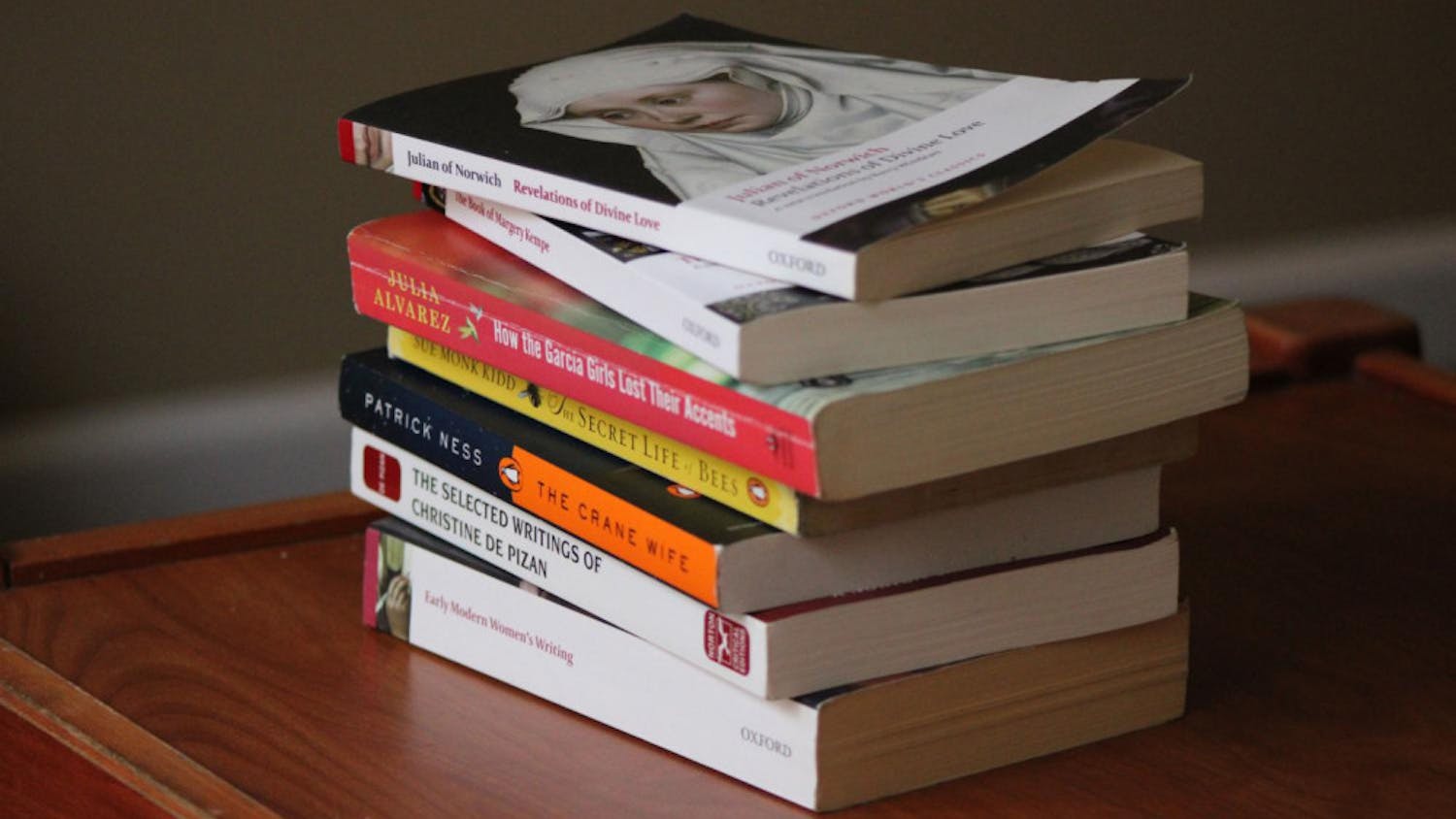Avondale graves found in road constructionThe Georgia Department of Transportation is receiving national recognition from the Federal Highway Administration for the department’s work relocating a forgotten slave burial ground near Sardis Church in South Macon.
The Federal Highway Association has presented the Exemplary Human Environment Initiatives Award to the GDOT in the category of Education and Training Programs.
Specifically, the award recognizes the GDOT “for developing a comprehensive strategy to educate the public on the discovery and relocation of a historic cemetery,” according to the Federal Highway Administration website.
The department’s work with the Avondale Burial Place was one of 13 projects to receive the award in 2012, and one of three to win in the Education and Training Programs category.
Since the Transportation Department’s discovery of the site, members of the department have worked to carefully exhume graves, take DNA samples, track down descendants of the deceased and uncover the history of the site.
They have also created a detailed website (www.avondaleburialplace.org) to inform the public about the archaeological process and the historical significance of the site, in addition to producing a documentary about the site—called “I Remember, I Believe”—with the Federal Highway Association and Georgia Public Broadcasting.
The documentary is scheduled to be shown at the Archaeology Channel’s International Film and Video Festival in May, according to the news page of the Avondale Burial Place website.
The department also compiled a substantial archaeological report about the care and relocation of the graves.
According to Sharman Southall, a historian at the GDOT who has worked on the project since its beginning in 2009, the department did not know about the burial ground until the final stages of its project to tie the Sardis Church Road interchange on I-75 with the Macon Airport.
Before the department broke ground on the road project—which, because of the grave project, is not under construction as of yet—a local told representatives he had heard of an old slave burial ground somewhere on the site of the proposed road.
Southall said when the department checked for evidence of the burial ground, they found no evidence of graves—no burial markers or depressions in the earth.
“[But] the man just spoke with so much conviction that there was a cemetery there,” Southhall said.
Prompted by the local’s certainty, the department began to look at the site with archaeology equipment and rescue dogs trained to find cadavers.
After a process called “stripping,” in which archaeologists take the first few layers of soil off a site, department representatives discovered the shapes of grave shafts.
“Of course, we didn’t really know the extent,” Southall said. “The thing about a burial is that you don’t really know what you have until you dig it up.”
What they had was 101 unmarked graves, containing “personal objects like wedding bands, necklaces, a coin purse, and combs” along with the human remains, according to the March 2013 FHWA newsletter.
Southall said the proposed road could not be moved due to other landmarks being in the way, but the department did not want to pave over graves.
To resolve the conflict, the department began an initiative to move the graves to a church near Byron, Ga.
According to Southall, the department placed the remains of each grave in small containers, “like caskets,” and moved them to the new location, where they were buried in the same layout they were found in.
She said this was so as not to break up family plots, if there were any, and also so that remains might be more easily identified if anyone were to come forward with more information about the graves.
Though the re-interring process has been completed, the department is open to approach by researches from academia.
According to a March 21 news release on the website, a Georgia State student is conducting research on the dust left in the graves.
“I wish we’d done that [engage with students] in the process of the recovery,” Southall said. “It would have been interesting for students to see.”
“I’ve actually got some of the films,” Southall added, referencing the footage taken during the recovery process. “I would love to get them in the hands of folks who could use them for academic purposes.”
For more information about the Avondale Burial Place and ways to engage, visit the website at avondaleburialplace.org.




